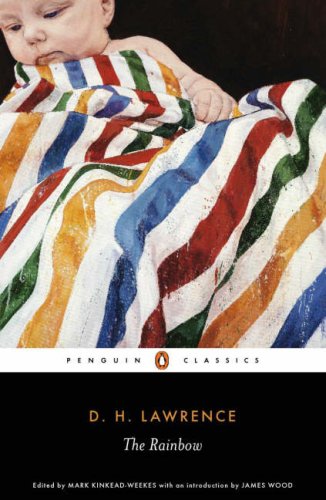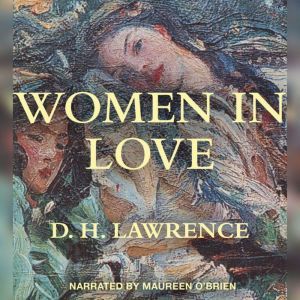

They are surprised to find each other in the railway station, but upon meeting, neither is willing to let the other simply go. Immediately, the reader has the sense that the relationship between Birkin and Gerald is both intimately personal and, to a certain extent, filled with tension Gerald’s gaze is described as both “twinkling” and “sardonic” all in one, and Birkin questions Gerald’s life and his philosophy near-immediately, demanding an answer that would have the industrial magistrate reveal his emotions to his male confidant. Birkin asks of Gerald, “‘What do you live for?’” (Lawrence 56), and Gerald stares at Birkin with “a long, twinkling, almost sardonic look into the eyes of the other man” (Lawrence 57). The two men start their conversation not with small talk or conversations about their individual experiences of love with Ursula and Gudrun, the two female romantic interests of the novel, but rather about the possibility of reform in all of society. Meeting on the railway station by what seems like complete coincidence, Birkin, a melancholy, reclusive academic is lured into conversation by Gerald, a young industrial heir who will soon turn into a capitalist savant. As both equals and opposites, Birkin and Gerald are unable to live with one another, and yet fundamentally tied together through the experience of their unique, undefined homoromantic love.įrom the onset of the first discussion between Birkin and Gerald there is a sense of uniqueness, some insight into the way the two men connect in conversation with one another. Consequently, the novel remains just as uncertain as its primary characters Gerald and Birkin’s relationship is hard to define through romantic or sexual terms, and perhaps Lawrence intended it that way. Through Birkin and Gerald’s relationship, Lawrence contemplates the connection and limits between identity and love, centring homoromanticism in the temporal distance of his contemporary time through modernist subversions.

The two male leads are contrasted against one another and in intimate duality with each other, breaching an ascension beyond the erotic through sexual imagery.

However, separate from the changing values of modernist heterosexual romance, Lawrence’s classic novel, lauded for its portrayal of modernist attitudes as one of the best works of literature in the 20th century, explores a complicated homosexual love affair between Birkin and Gerald. Lawrence’s Women in Love tells the story of love and tragedy between two women struggling with their own circumstantial love affairs.


 0 kommentar(er)
0 kommentar(er)
